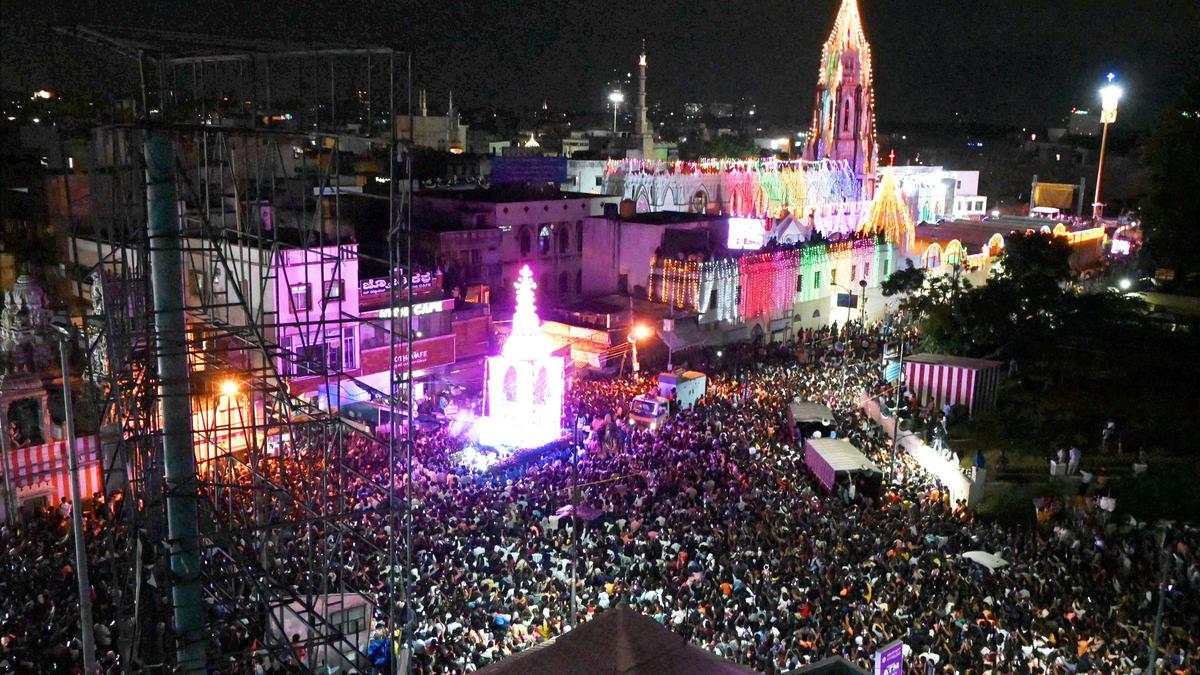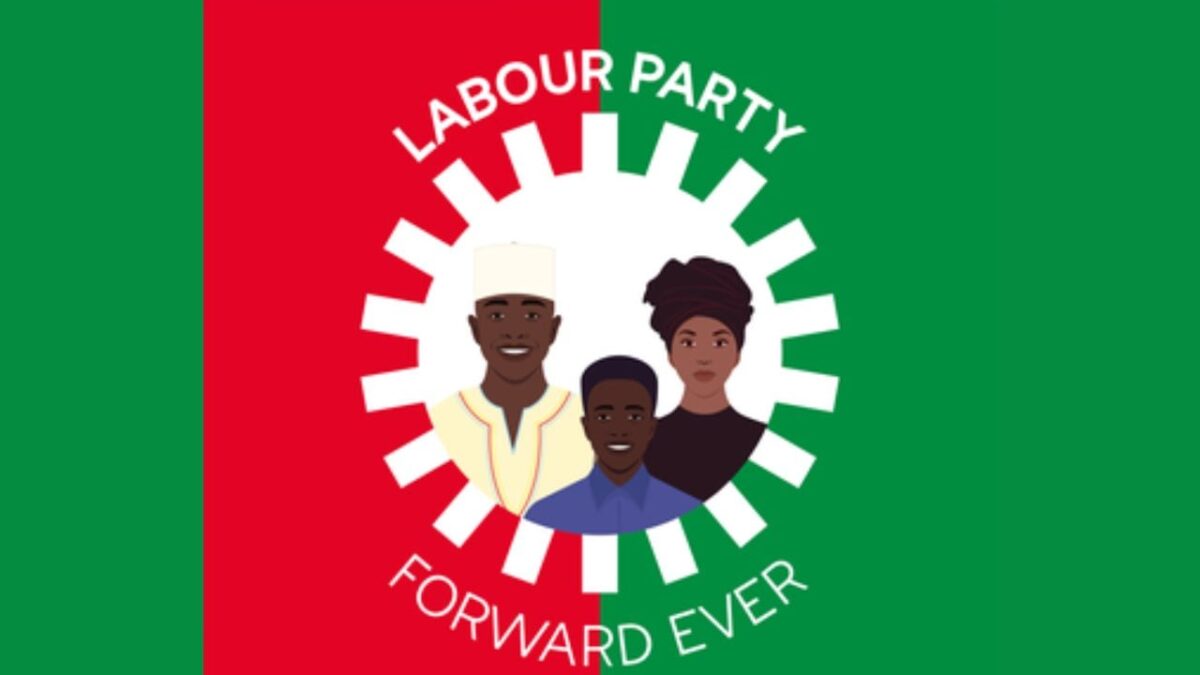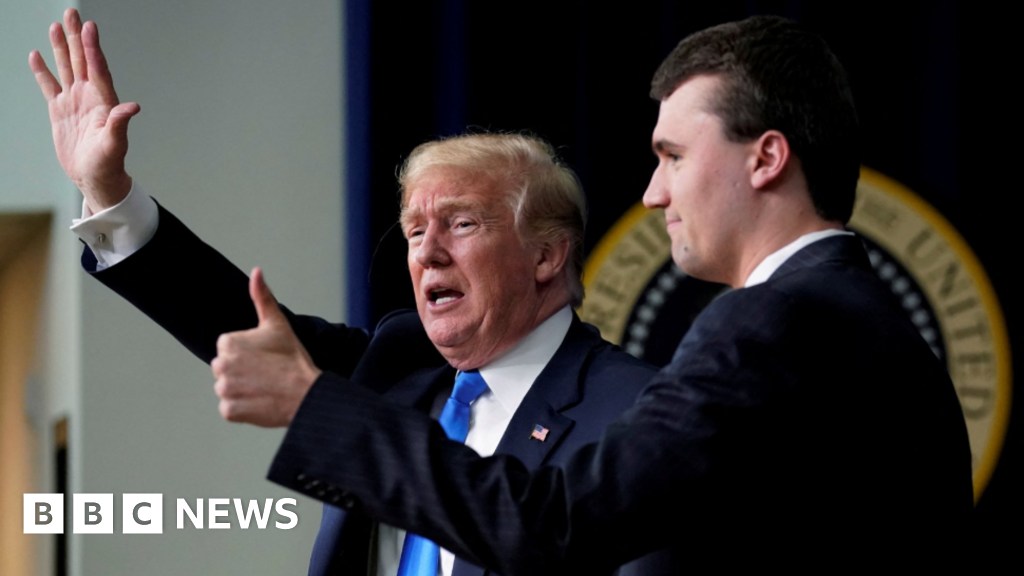By Stabroek News
Copyright stabroeknews

The dust is still settling from Guyana’s recent General and Regional Elections, but one striking feature of the contest signals a potentially transformative moment for the nation’s political landscape: the unprecedented prominence of women in high-ranking leadership roles across the political spectrum.
With the notable exception of the People’s Progressive Party (PPP/Civic), the party that secured the victory, every other significant political entity competing in this cycle placed a woman in either the presidential or prime ministerial slot. This is a monumental shift, especially for a country that has yet to elect its first female Prime Minister.
The newly formed opposition, WIN (We Invest in Nationhood), made a dramatic entrance by announcing their Prime Ministerial candidate, Tabitha Sarabo-Halley, literally one minute before the prescribed deadline for the end of campaigning. A Partnership for National Unity (APNU), which garnered the third highest number of seats, featured an Indigenous woman as their Prime Ministerial candidate: Juretha Fernandes, in what could be seen as a powerful statement of inclusion for Guyana’s First Peoples. Forward Guyana Movement, the only other party to secure a parliamentary seat, featured a woman, Amanza Walton-Desir as their Presidential candidate.
This momentum was not exclusive to the top contenders. The Alliance For Change (AFC), a key player in the 2015 government, fielded an Indigenous woman, Laura George for the Prime Ministerial post. Similarly, the Assembly for Liberty and Prosperity (ALP) presented Simona Broomes, as their Presidential candidate.
The sheer number and diversity of women vying for the nation’s two top executive positions is unprecedented. For decades, the executive leadership has been dominated by men. The one major exception remains the late Janet Jagan, who served as Guyana’s first female President from December 1997 to August 1999. Since then, the PPP/C itself has had mixed results in promoting women at this level; their 2015 ticket, featuring Elisabeth Harper as the Prime Ministerial candidate, ultimately fell short.
While the election results did not deliver Guyana’s long-awaited first elected female Prime Minister, the composition of the campaign itself offers a profound acknowledgement of political evolution. The willingness of disparate parties, representing different ethnic, geographic, and ideological constituencies, to place their faith, and their political futures, in the hands of female candidates demonstrates a growing recognition of women’s political capacity and electoral appeal.
This is more than just tokenism; it suggests a potential tipping point. The challenge now lies with the new government and the newly structured opposition. The energy generated by this high-level female representation must translate into meaningful policy changes, greater gender parity in government appointments, and a firm commitment to dismantling the structural barriers that still prevent women from fully participating in political and economic life.
The political parties have cast their vote of confidence in female leadership. It is now up to the women who have stepped forward, and those who will follow, to ensure this moment is not an anomaly, but the definitive start of a new, more equitable era in Guyanese politics.
In its illuminating preliminary statement on the elections, the European Union Electoral Observation Mission (EU EOM) addressed matters related to women in the September 1st elections.
“While women play a prominent role across public life, access to elective offices could be further improved. GECOM does not publish gender-disaggregated data on candidates. Women constituted 43 per cent and 51 per cent on the national top up list and RDC respectively as calculated by EU EOM. Two women contested as presidential candidates. Despite this generally positive level of participation, some constitutional provisions to promote women’s representation in elected office are not reflected in legislation. This diminishes the equality of opportunity for women candidates to take a seat. Women were well-represented at various levels of GECOM, which is chaired by a woman commissioner”, the EU EOM said.
The Organisation of American States’ Election Observation Mission (OAS EOM) also commented extensively on the role of women in elections. The OAS EOM said that the Guyana remains a leader in legislating a three-component gender quota for the registration of a party’ candidates list. Nevertheless, it said that as previous OAS/EOMs have indicated, while the law dictates that “account shall be taken” when extracting names from the candidates list to fill the party’s seats in the National Assembly, there is no legal requirement for parties to ensure a minimum 33% representation by appointing women once seats are won. However, the Mission acknowledged that the establishment of the gender quota has historically had a positive impact on the inclusion of women in the parliament, and even without specific legislation, the allocation of seats for women has been of 32.3% in the past two electoral cycles (2015 and 2020), a number very close to the ratio for the candidates’ list. Moreover, the OAS/EOM said it was informed that by the time the parliament was dissolved to call for elections in 2025, women occupied 25 out of 65 seats (38.4%), reaching an even higher participation rate.
Nevertheless, in the current system, the OAS EOM noted that once a party wins seats in an election, it falls to its leadership to decide who amongst those in the list will occupy the posts, making women’s representation party-driven, and not election-driven.
“This discretionary feature of the electoral process prevents voters from knowing in advance who will ultimately serve in the National Assembly or directly choose a female representative and poses a risk to ensuring representation and to pursuing gender equality. The Mission highlights the civic commitment of the women of Guyana, as it was informed that 85% of the election workers in the 2025 process were women. However, other statistics on women’s participation in the electoral process are not easily obtained”, it said.
The OAS/EOM reiterated its 2020 recommendations of:
• Revising the legislation to strengthen the effectiveness of the existing gender quota, ensuring that the persons extracted from the candidate lists to enter the parliament reflect the gender composition of those lists.
• Adopting closed zipper lists with alternating gender parity to ensure that women not only have a real possibility of being elected, rather than merely included on the list, but also help surpass the minimum 33% quota and move towards full parity.
• Compiling and publishing gender-disaggregated data on all aspects of the electoral process, including candidates, electors, voters, and poll workers.
It’s left to be seen how the 13th Parliament addresses these issues.



